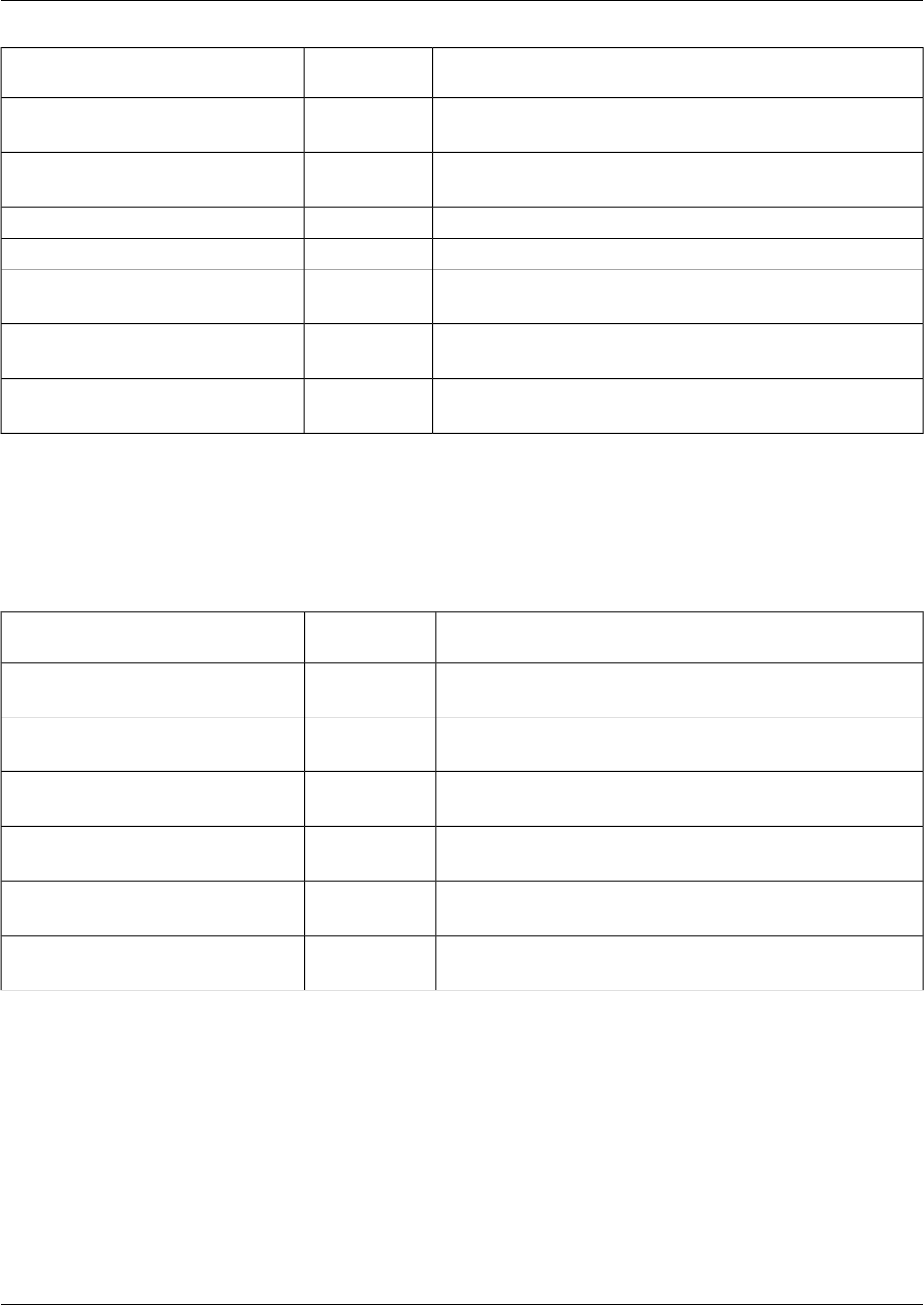User Guide
Table Of Contents
- Cover Page
- Table of Contents
- List of Figures
- Figure 1 : Central Controller
- Figure 2 : Peripheral and Peripheral Gateway
- Figure 3 : Administrative Workstation
- Figure 4 : WebView Server
- Figure 5 : Diagram of System Components
- Figure 6 : ICM Data Environment
- Figure 7 : Real-Time Data Moves to AW Local Database
- Figure 8 : Icons for Graphs and Tables
- Figure 9 : Deployment with Enterprise Routing
- Figure 10 : Sample Script for Enterprise Routing
- Figure 11 : Script Example for Agent Level Routing
- Figure 12 : Sample Script for Hybrid Routing
- Figure 13 : Agent State and Task State Relationship
- Figure 14 : Sample Routing Script for Information Gathering and Queuing
- Figure 15 : Call Type Data for Calls that Abandon after Call Type is Changed
- Figure 16 : Call Type Data for Calls that Abandon before Call Type is Changed
- Figure 17 : MultiChannel Options
- Figure 18 : Agent State Hierarchy
- Figure 19 : Call Abandoned While On Hold Scenario
- Preface
- Chapter 1: System Architecture and Reporting
- Chapter 2: Understanding Reporting
- Chapter 3: Understanding Routing and Queuing
- Chapter 4: Planning for Reporting
- Planning for Reporting at Unified ICM Setup
- Planning for Your Deployment
- Planning for Configuration and Scripting
- Planning for Agent Reporting
- Planning for Call Types
- Planning for Custom Reporting
- Planning for the HDS
- Planning for Enterprise Routing and Enterprise Reporting
- Planning for Service and Enterprise Service Reporting
- Planning for Service Level
- Planning for Short Calls
- Planning for Skill Groups and Enterprise Skill Groups
- Planning for Transfer and Conference Reporting
- Planning for Translation Routing
- Planning for Unexpected Scripting Conditions
- Planning for VRU Application Reporting
- Chapter 5: Reporting on Agents
- What Agent Data do you Want to See?
- Reporting on Agent Activity in Skill Groups
- Reporting on Agent States
- Reporting on Average Speed of Answer for Agents and Skill Groups
- Reporting on Agent Logout Reason Codes
- Reporting on Agent Not Ready Reason Codes
- Reporting on Agent Task Handling
- Reporting on Agent Performance for Outbound Option Dialing Campaign Calls
- Reporting on Agent Redirection on No Answer
- Reporting on Agent Call Transfers and Conferences
- Reporting on Agent Teams
- Chapter 6: Reporting on Customer Experience
- Chapter 7: Reporting on Operations
- Chapter 8: Reporting in a MultiChannel Environment
- Chapter 9: Sample Call Scenario
- Chapter 10: Reporting Implications of Data Loss and Component Failover
- Chapter 11: Troubleshooting Report Data
- Appendix A: List of All Unified ICM Report Templates
- Appendix B: Reporting Entities and Databases
- Appendix C: Configuration and Scripting for Reporting
- Configuration for Agent Reporting
- Configuring Call Types
- Configuration and Scripting for Conferences and Transfers
- Configuring Services and Enterprise Services
- Configuring and Scripting for Service Level Threshold and Type
- Configuring Short Calls
- Configuring Skill Groups and Enterprise Skill Groups
- Configuration and Scripting for the VRU
- Configuring Translation Routes
- Index

DescriptionHistorical or
Real-Time
Report Name
Bar graph of number of tasks in queue, tasks at VRU, and tasks
with agents.
Rcaltyp28: Call Type Queue Tasks
Status Now Real Time
Table of analysis of routing and queuing details of calls during
half-hour interval.
Hcaltyp05: Analysis of Tasks Half Hour
Table summary of half-hour Call Type activity.Hcaltyp21: Call Type Half Hour
Table daily summary of all Call Type activity.Hcaltyp22: Call Type Daily
Table summary of all half-hour fields.Hcaltyp23: Call Type Historical All
Fields
Table that shows aggregate behavior of calls to VRU
applications by half hour
Hcaltyp35: VRU Call Type Analysis
Half Hour
Table that shows aggregate behavior of calls to VRU
applications by day
Hcaltyp36: VRU Call Type Analysis
Daily
Peripheral Templates
Use the peripheral reports to measure the performance of switch-specific hardware and software
status and some types of call and agent information.
DescriptionHistorical or
Real-Time
Template Name
Table of switch status, call and agent status, and service levels
(for use with all peripheral types).
Rperiph01: Peripheral Real Time
Table that shows ATB, calls in progress, SWT TRMS and
DIGroups status (for Galaxy ACDs only).
Rperiph02: Switch Node Software Status
Display Real Time
Table of data on processor, data receive, control, and switch
clock status (for Galaxy ACDs only).
Rperiph03: Time Switch Node Hardware
Status Display Real Time
Table of all fields Peripheral Real Time Statistics.Rperiph04: Peripheral Real Time All
Fields
Table of all fields for Peripheral by Half Hour.Hperiph05: Peripheral Historical All
Fields
Table that shows statistics about the number of simultaneous
calls in progress over time, for VRU peripherals only.
Hperiph06: VRU Peripheral Capacity
Report
Route Templates
Use these templates to report on many types of task statistics for routes, such as the number of
tasks in progress, tasks in queue, or tasks handled (either in real-time or over a specified period
of time).
Reporting Guide for Cisco Unified ICM Enterprise & Hosted Release 7.2(1)
173
List of All Unified ICM Report Templates
Peripheral Templates










